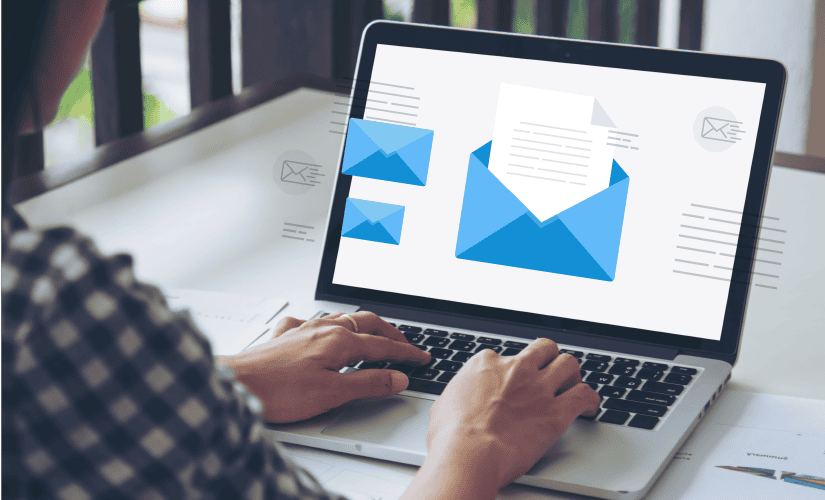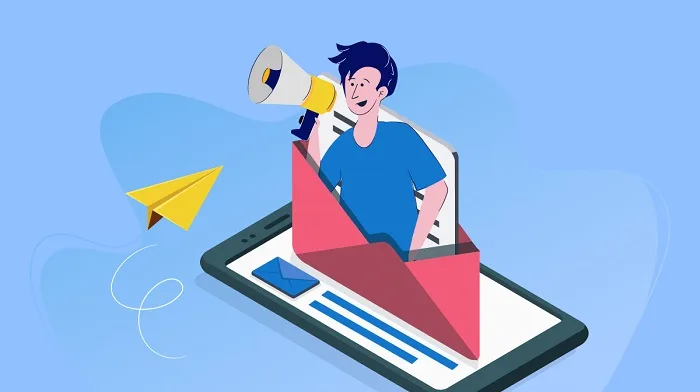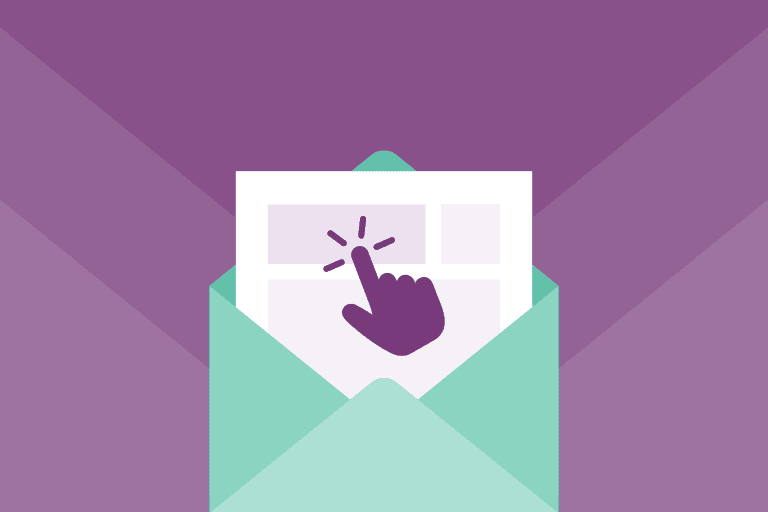What’s up! Doing great? Good! You know how important emails are in today’s world, right? Whether it’s for work, staying in touch with friends and family, or promoting your amazing business, emails are a lifeline. But let’s be honest, sometimes our emails get lost in the inbox sea. No one wants to see their carefully crafted messages ignored, right? So, how do we make sure our emails stand out and leave a lasting impression?
It’s all about creating an unforgettable email body!
Think of it like this: the subject line is your email’s snazzy outfit that grabs attention, but the body is the heart and soul—it’s where the real magic happens.
1. The Power of Personalization: Make it About Them
You know that warm fuzzy feeling you get when someone remembers your name or something specific about you? Well, guess what? You can recreate that feeling in your emails! People are more likely to pay attention when they feel like you’re speaking directly to them, not just blasting a generic message to the masses.
Here’s the secret sauce:
- Use Their Name: Seriously, it’s like music to their ears! Start your email with a friendly “Hi [Name]” or “Dear [Name]” instead of a stiff “To Whom It May Concern.”
- Reference Past Conversations: Show them you remember! Mention something you discussed before, like a project they’re working on or a shared interest. It proves you’re paying attention and value their connection.
- Tailor Your Message: No one-size-fits-all here! If you’re emailing multiple people, take the time to adjust the content to fit each recipient’s needs and interests.
2. Cut to the Chase! Be Clear and Concise
We’re all busy bees, so respect your reader’s time. Get straight to the point and make your message easy to digest.
- Ditch the Fluff: No one wants to wade through paragraphs of unnecessary information. Stick to what’s essential and cut out any extra words or sentences that don’t add value.
- Short and Sweet Paragraphs: Break up your text into bite-sized chunks of 2-3 sentences max. This makes your email look less intimidating and easier to read.
- Use Bullet Points and Formatting: When you have a list of items or steps, use bullet points to make them stand out. Bold important keywords or phrases for emphasis.

3. Tell a Story: Captivate Your Reader
Everyone loves a good story, right? It’s a powerful way to connect with people on an emotional level and make your message memorable.
- Paint a Picture with Words: Instead of just stating facts, use descriptive language to create vivid imagery. Let your reader visualize what you’re describing.
- Share an anecdote: A relevant personal story or experience can add authenticity and make your email more relatable.
- Create Intrigue: Start with a captivating opening that hooks the reader and makes them want to know more.
4. Show Your Personality: Inject Some Fun!
Emails don’t have to be boring! Let your personality shine through and keep things light and engaging.
- Use Humor (Sparingly): A well-placed joke or witty comment can lighten the mood and make your email more enjoyable to read. But remember, not everyone shares the same sense of humor, so keep it appropriate and tasteful.
- Emojis Can Be Your Friend: A few emojis sprinkled here and there can add a touch of personality and visual interest. Just don’t go overboard—you don’t want your email to look like a kindergarten art project!
- Don’t Be Afraid to Be Yourself: Let your natural writing style come through. Write as if you’re talking to a friend—be genuine, authentic, and relatable.
5. Engage the Senses: Go Beyond Text
Who says emails have to be all words and no play? Add some visual spice to make your message pop!
- Images and Graphics: A relevant image can break up the text and add visual appeal. Think infographics, charts, photos, or even GIFs!
- Videos: A short video can be a powerful way to deliver your message and keep people engaged. Think product demos, tutorials, or behind-the-scenes glimpses.
- Interactive Elements: Take it up a notch with interactive elements like quizzes, polls, or clickable buttons. It’s a fun way to encourage participation and gather valuable feedback.

6. Don’t Leave Them Hanging! End with a Clear Call to Action
What do you want your reader to do after reading your email? Don’t assume they’ll know! Tell them exactly what action you want them to take.
- Be Specific and Direct: Instead of a vague “Let me know what you think,” try “Please reply with your availability for a meeting next week.”
- Create a Sense of Urgency: If there’s a deadline, let them know! “This offer expires tomorrow, so don’t miss out!”
- Make it Easy to Act: Include clear links to websites, documents, or forms they need to access.
7. Proofread Like a Pro: Don’t Let Typos Ruin Your Message
You’ve put so much effort into crafting the perfect email body; don’t let silly typos or grammar errors sabotage your hard work!
- Read it Aloud: This helps you catch awkward phrasing or missing words.
- Use a Spellchecker: Duh! But don’t rely on it entirely—sometimes spellcheckers miss things.
- Get a Fresh Pair of Eyes: Ask a friend or colleague to proofread your email before hitting send.
Conclusion
Creating an unforgettable email body is an art form, my friend! It’s about more than just conveying information; it’s about crafting an experience that resonates with your reader. By using these key elements, you can transform your emails from forgettable to fabulous!
Remember, your email body is your canvas—use it to paint a masterpiece that people will want to read, remember, and respond to!
FAQs
What’s the ideal length for an email body? There’s no magic number, but shorter is usually better! Aim to keep your email body concise and focused on the essential information. Think quality over quantity. If you find yourself writing a novel, it might be time to pick up the phone or schedule a meeting instead.
How can I make my emails sound more professional? Use proper grammar and spelling, avoid slang or overly casual language, and be respectful of your recipient’s time. Proofread carefully before hitting send.
What are some good call-to-action examples? “Schedule a call,” “Download the guide,” “Register for the webinar,” “Visit our website,” “Reply with your feedback.” The key is to be specific and tell your reader exactly what you want them to do.

